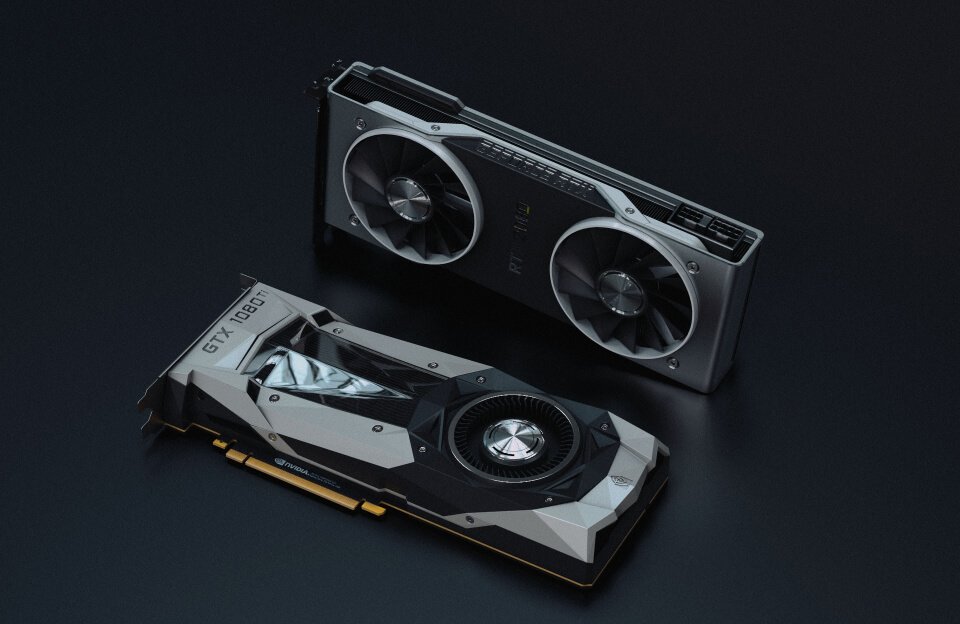Humanoid robots—machines designed to replicate human appearance and behavior—are frequently portrayed as futuristic assistants or threats in pop culture. But beyond the headlines, what’s the real story? While we often hear about robots in healthcare, customer service, or education, there’s a whole different world of possibilities waiting to be explored. Here’s why humanoid robots might surprise you with their unexpected potential.
1. Cultural Impact and Artistic Expression
Humanoid robots aren’t just workers or tools—they’re starting to become artists. From robot musicians creating original compositions to robots performing on stage, the artistic possibilities are vast. Some robots are already being used to create intricate sculptures or paint in ways that mimic famous artists. In a world where creativity is often seen as uniquely human, robots are challenging the boundaries of what’s possible in the art world.
Could robots one day collaborate with humans to produce revolutionary new forms of art? The lines between technology and creativity are blurring faster than we think.
2. Revolutionizing Remote Work and Virtual Presence
Imagine a world where a humanoid robot could represent you at a conference or even attend a family gathering in your place. Thanks to advancements in robotics, AI, and 5G technology, robots are becoming the bridge between remote work and the physical world. These robots can interact with people in real-time, allowing you to be “there” without actually being there.
In high-level business meetings or important social events, having a humanoid robot stand in for you might be the new normal. It’s not just about convenience—it’s about maintaining personal connections in an increasingly virtual world.
3. Robots as Storytellers and Companions
While humanoid robots have been primarily designed for tasks like caregiving or teaching, they’re also becoming skilled at something less functional: storytelling. Picture a humanoid robot that can tell engaging stories, personalize experiences, and even entertain guests with interactive narratives. Robots like Pepper are already being tested as companions in homes and social spaces. They’re not just performing tasks—they’re becoming part of people’s emotional lives.
Imagine having a robot as a personalized storyteller for children or as a companion for people in long-term care. These robots offer something new: emotional presence and companionship, something more profound than merely carrying out instructions.
4. Sustainable Robotics: A Green Future
You may not associate robots with environmentalism, but humanoid robots might be a surprising ally in tackling climate change. Some researchers are designing robots that can help monitor environmental data, manage waste, and even plant trees. These robots, equipped with AI and sensors, could play a key role in improving sustainability efforts, from reducing energy consumption to automating recycling processes.
In a future where green tech becomes paramount, humanoid robots could be essential to achieving global environmental goals. They could be our hands, eyes, and minds in the fight for a cleaner planet.
5. Pushing the Boundaries of Human Empathy
What if robots could actually help us become more empathetic? Research is already underway into how humanoid robots can assist in mental health care. By learning to recognize emotional cues and responding in human-like ways, robots could help people process emotions, calm anxiety, or simply provide a comforting presence when someone is lonely.
While robots might not replace human connection, they could act as intermediaries—helping us deal with difficult emotions or reinforcing social bonds in communities that are often isolated. In fact, some studies suggest that robots with emotional intelligence could offer valuable support in therapeutic settings.
Wrapping Up: Not Just Tools, But Co-Creators
Humanoid robots are not merely the machines we’ve imagined for menial tasks. They are slowly becoming co-creators, emotional companions, and partners in a broader societal transformation. As we continue to develop them, the question becomes not just how they can serve us, but how they will inspire us to rethink the very idea of what it means to be human.
So, next time you hear about humanoid robots, remember: they might not just be the future of work—they could be the future of art, empathy, and even environmental sustainability. The possibilities are much more exciting than we’ve been led to believe.
What do you think? Does this change the way you see humanoid robots?

